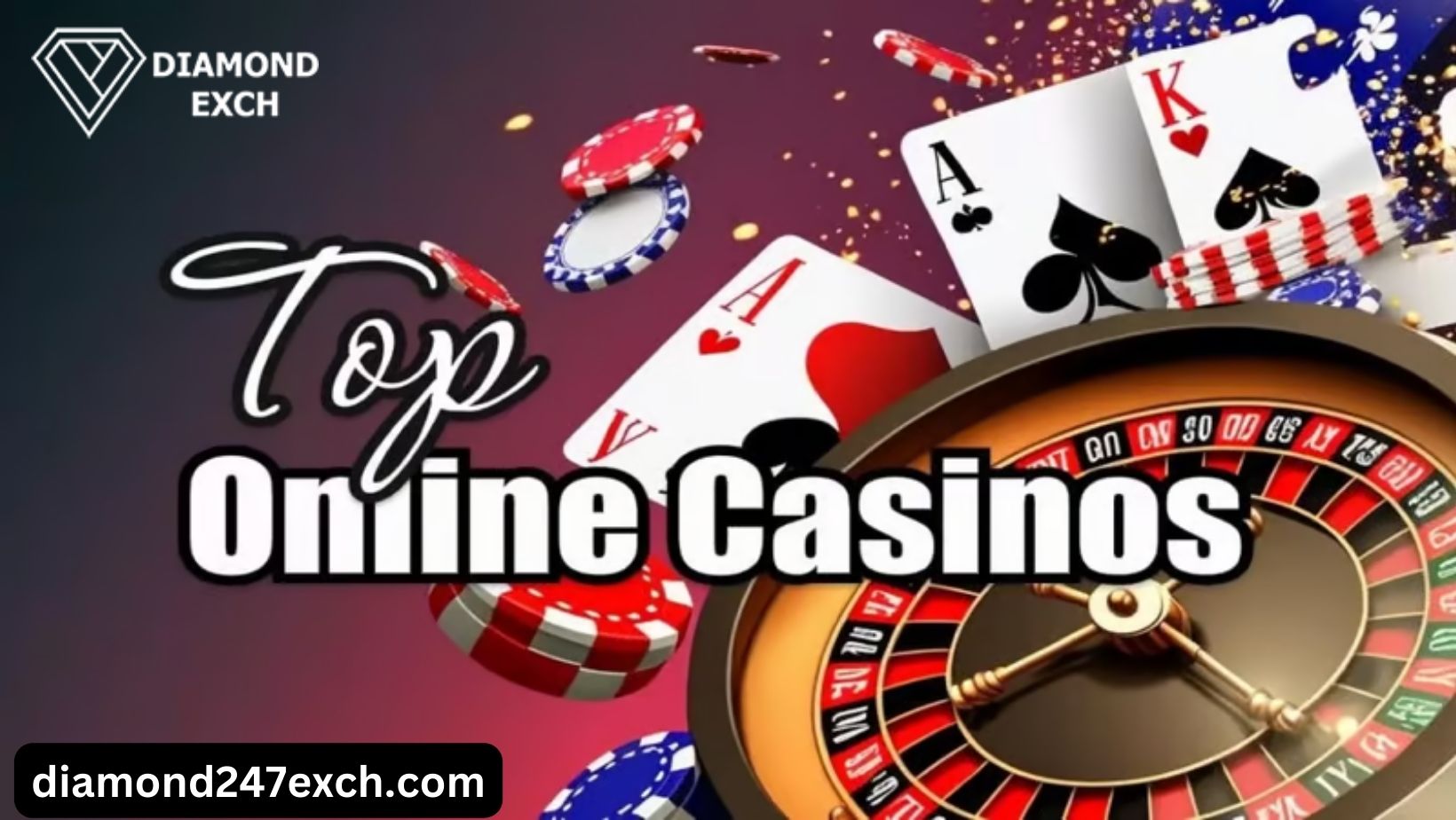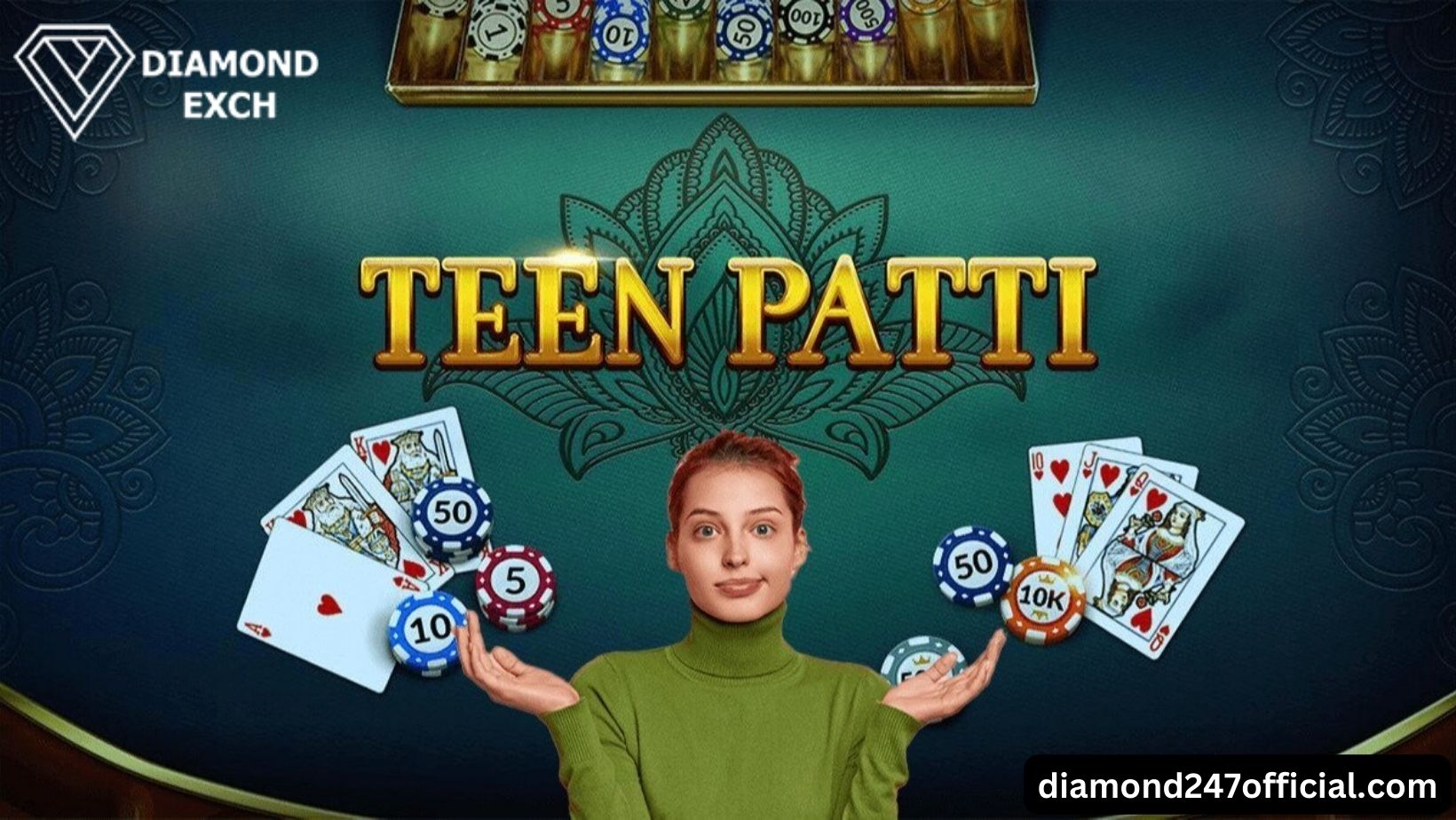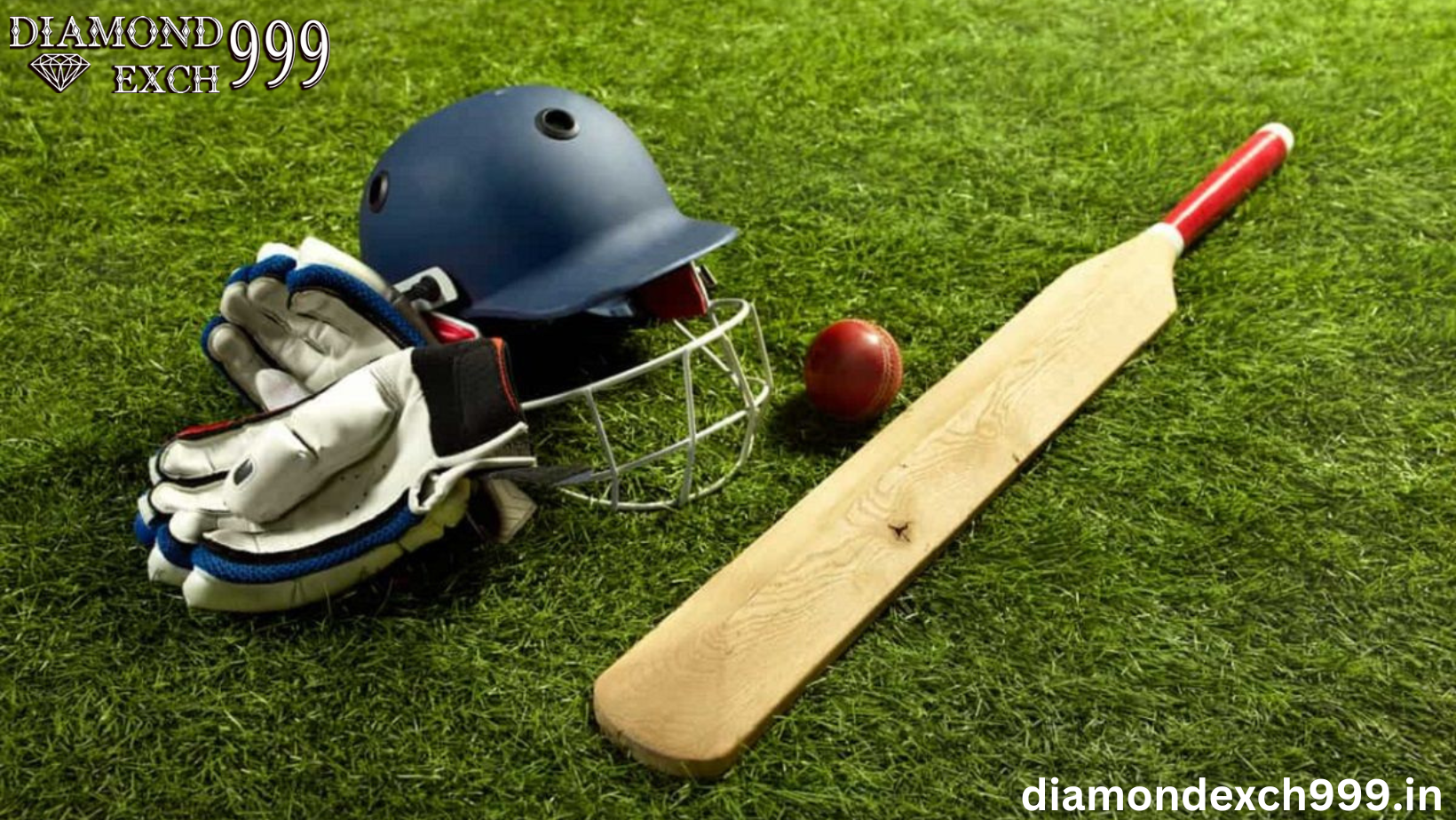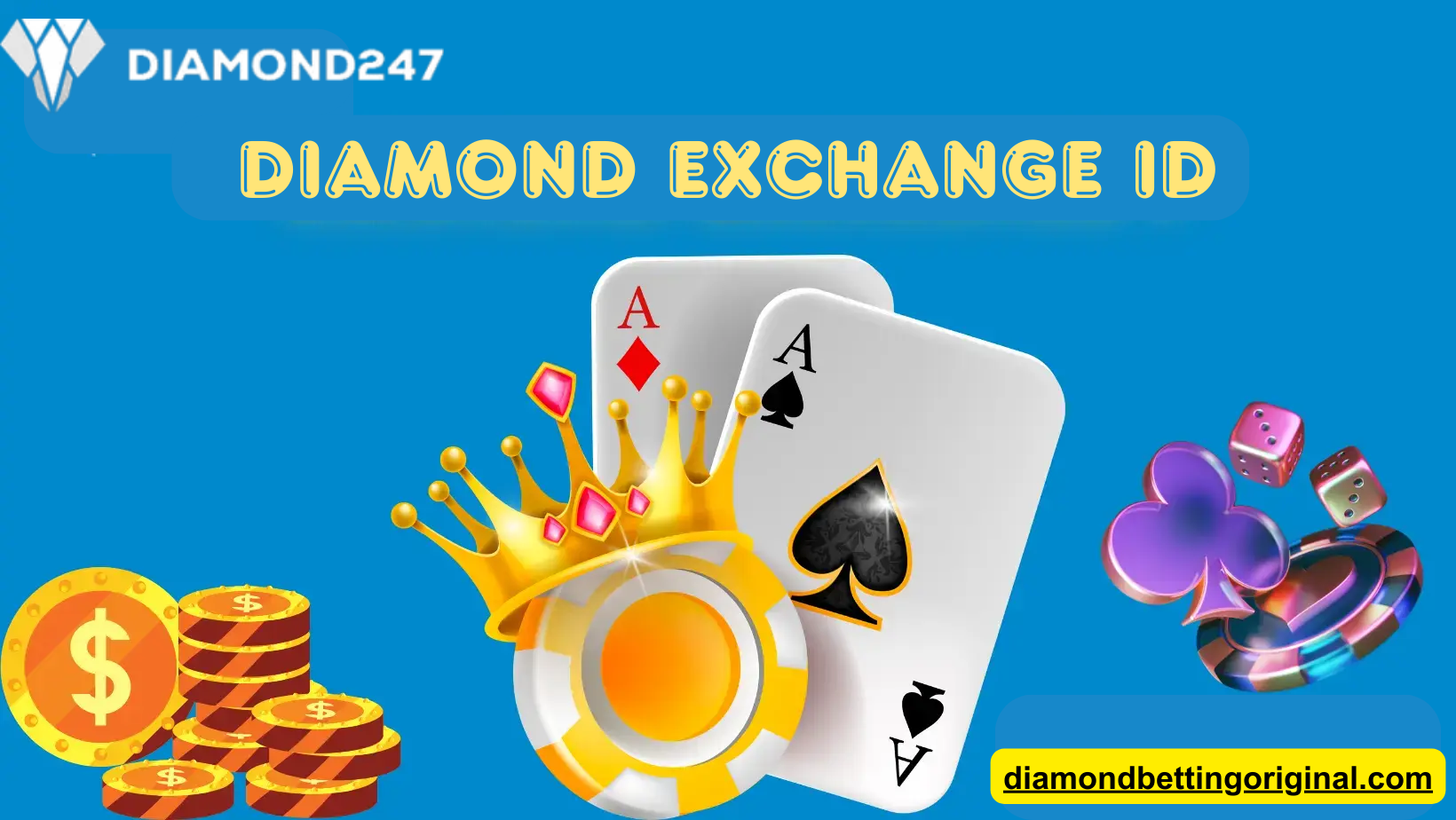
YouTube has set up the system such that no matter how long the advertisement is, users can only watch it if the opening five seconds grab their attention. The lowest cost tier for YouTube advertisements is this one. Companies can pay more to acquire commercials that can’t be skipped, but they must also be shorter to keep viewers interested. If longer, non-skippable adverts were permitted, it is more likely that users may abruptly (and irrationally) stop using YouTube.
Since you won’t see the sidebar ads, which can still generate some revenue even if the user skips all of the ads, YouTube will lose out on the associated revenue. They want to confirm they have advertising that reflects actual ad viewing. If viewers skip an advertisement, it indicates they are uninterested in it. As a result, the advertiser is not required to pay, and the creator is not compensated.
Due to businesses’ confidence that they are only paying for interested audience members, this increases YouTube’s revenue. After all, it is a focused marketing initiative.
Skippable ads are a result of the advertiser’s decision to run a TrueView campaign, which allows users to skip at 5 seconds or later while allowing advertisers to pay on a CPV (cost per view) basis when a user has engaged (watched for at least 30 seconds; if the video is shorter than 30 seconds, the view of the ad is based on the completion, or click to the site within the first 30 seconds) with the ad.
Why does YouTube advertising work when most people skip them?
When everyone typically skips them.
Without understanding the specifics of YouTube advertising, that is a broad generalization. If you’re not involved in advertising, let me explain how TrueView in-stream (pre-roll) advertisements operate.
- First, not all TrueView in-stream advertisements can be skipped. If the advertiser chooses that format, there are pre-roll ads that are 15 and 6 seconds long that users cannot skip.
- Only if the user views the full video or the entire short movie if it is less than 30 seconds does the advertiser (who is using Google Ads) have to pay for the video advertisement. As a result, even if the user overlooks them, the advertiser still receives free brand exposure, which may encourage more people to visit their websites directly or do more brand-related searches on search engines.
- Even if viewers don’t watch an advertiser’s video, the advertiser can still find value by looking at data in Google Ads. In addition to the average watch time, advertisers can know if a user watched 25%, 50%, 75%, or 100% of the YouTube video advertisement [for more]. So while a user may skip the video, they may still watch a significant amount of the advertisement before doing so.
- Advertisers may now include call-to-action extensions in their TrueView in-stream advertising to direct viewers to a particular landing page. Those call-to-action extensions (companion banners) are still viewable on the video watch page, even if the viewer skips the advertisement. So even if they skipped the advertisement, viewers can still visit the advertiser’s website. These website visits may be monitored to evaluate possible conversions in the future.
- People who watch ads for an advertiser’s YouTube videos can also be used to create remarketing audiences. After a user has watched a video, display banner ads to those viewers on various websites to stay top-of-mind. You can observe how your YouTube ad audiences finally returned and converted via other ad campaigns if you separate your ad groups by YouTube viewer populations.
A lot of businesses are aware that YouTube’s primary benefit is awareness. Just a few seconds of that user’s attention are all we need. Additionally, Google provides us with tools to track the brand lift that results from a user seeing our ads. Although users might skip the advertisement, advertisers might still be sowing the seeds of awareness that will eventually result in a purchase.
The Different Forms of YouTube Video Ads
On YouTube, you can invest in several different forms of important video commercials. The fundamental formats are described by Google here. Details are provided below.
Ads You Can Skip In-Stream
On YouTube, the common sort of video advertisement is a skippable in-stream ad. Only when a user sees an ad for at least 30 seconds or until the end of the video—or if the viewer takes action, like clicking on a call-to-action—does the advertiser receive payment for that ad. Campaigns with skippable advertisements may contain videos with actors, dialogue, and music obtained with consent or regarded as royalty-free.
In-Stream Ads That Cannot Be Skipped
Before, during, or after the main video, there may be non-skippable advertisements. They can last for between 15 and 20 seconds. You have the same control over the allocated content of non-skippable ads as you do with skippable ads. In 15 to 20 seconds, you can include people, dialog, audio, and other elements that best convey your brand. As non-skippable ads cannot be skipped, it is good to include a call-to-action (CTA) in these videos to make the most of the people’s attention you do receive. To put it another way, entice users to click on your advertisement by offering them something in return. Use non-skippable advertisements to grab those clicks if you’ve recently launched a new product or are promoting a significant event this season.
Bumper Ads
The shortest kind of YouTube video ad that is accessible to you is bumper advertising. These brief bumper ads play before a viewer’s selected video, lasting only six seconds each. It must be completed. Bumper video commercials can’t adequately tell a story in just six seconds, but they are a great addition to longer video campaigns promoting a new product launch or event.
Overlay Ads
As seen in the example below, overlay adverts are a form of banner ad that floats at the bottom of the video. This kind of advertisement is perfect for supporting your other in-stream video promotions. A banner ad makes it possible to reach your target market without being intrusive to your product promotion








